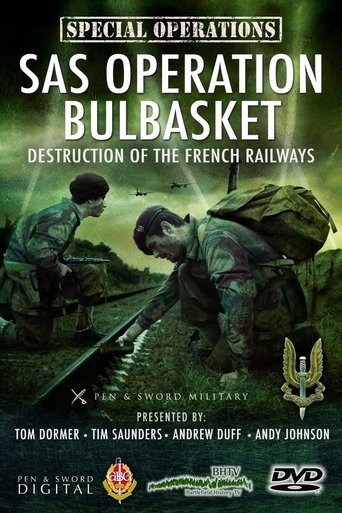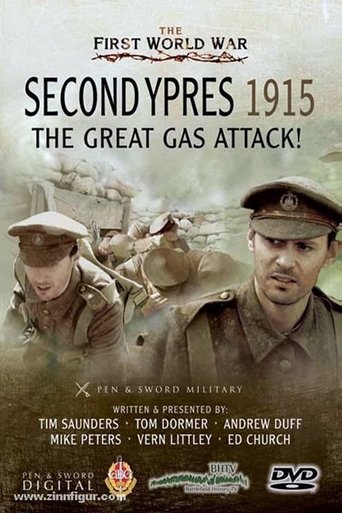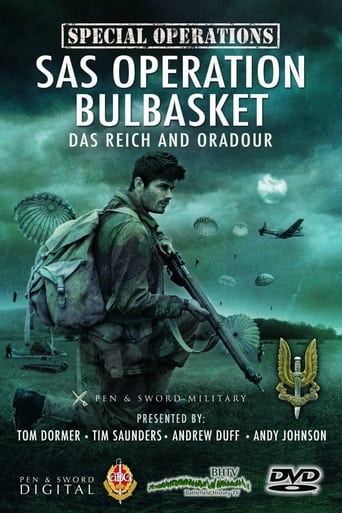1970 47 min 1 vues
The Battle of Naseby was a decisive engagement of the English Civil War, fought on 14 June 1645 between the main Royalist army of King Charles I and the Parliamentarian New Model Army, commanded by Sir Thomas Fairfax and Oliver Cromwell. It was fought near the village of Naseby in Northamptonshire. Fairfax was ordered to lift his siege of Oxford, the Royalist capital, and engage the King's main army. Eager to bring battle to the Royalists, Fairfax set off in pursuit of the Royalist army, which was heading to recover the north. The King, faced with retreating north with Fairfax close behind, or giving battle, decided to give battle, fearing a loss of morale if his army continued retreating. After hard fighting, the Parliamentarian army all but destroyed the Royalist force, which suffered 6,000 casualties out of 7,400 effectives. Charles had lost the bulk of his army. Within a year, Parliament had won the first civil war.



